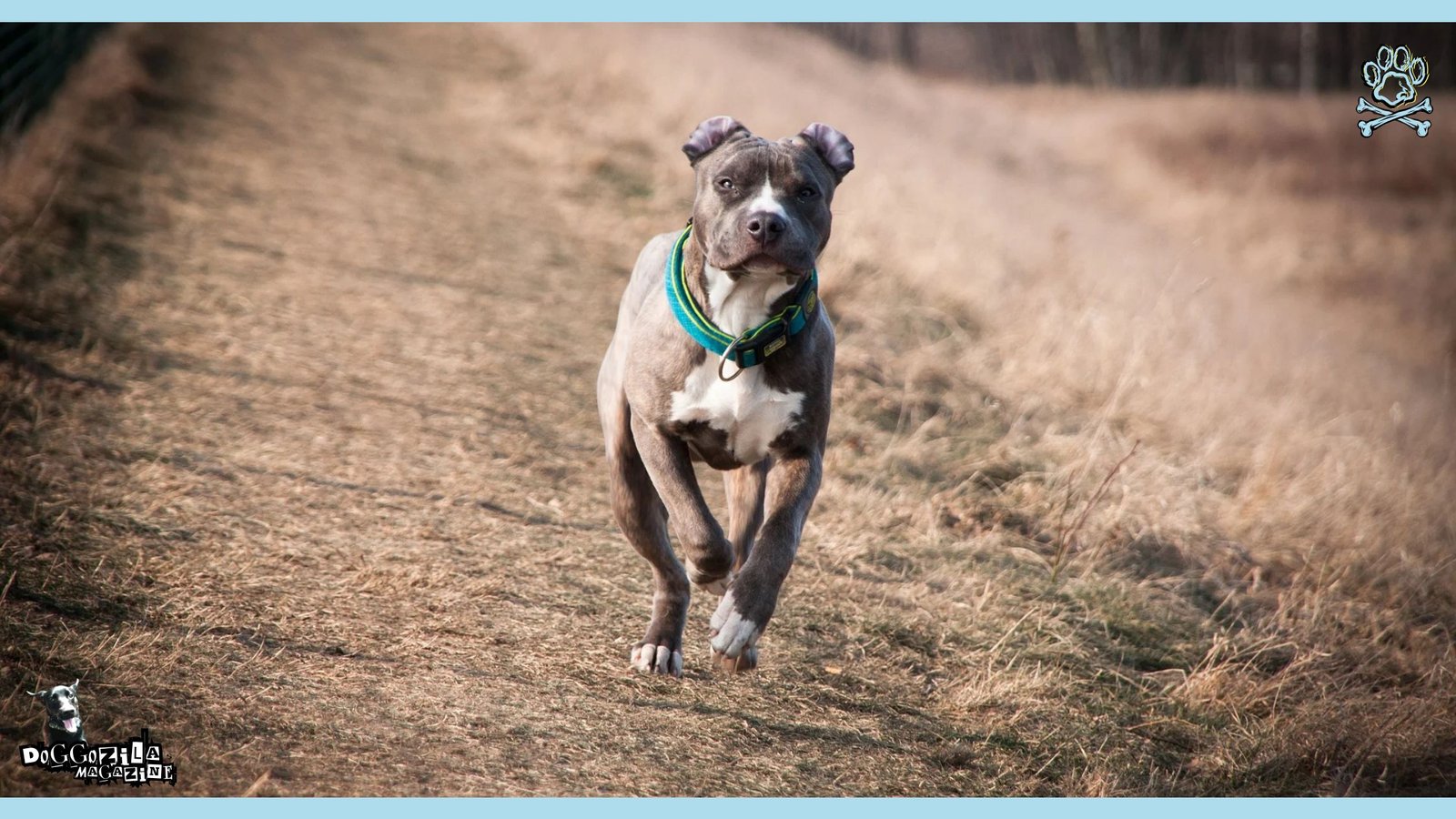Are you struggling with training your furry companion, facing challenges that seem insurmountable? The journey to transforming the hardest dogs to train into well-behaved companions can be daunting, but fear not! In this comprehensive guide, we dive deep into the world of dog training, unraveling breed-specific challenges and offering expert insights to overcome them effectively.

HOW TO TRANSFORM THE ‘HARDEST DOGS TO TRAIN’ INTO WELL-BEHAVED PUPS
From understanding the complexities of the training process to recognizing signs of aggressive behavior, this guide equips you with the necessary tools to navigate training obstacles with confidence.
Discover the crucial role of genetics in training, the significance of early socialization, and the power of positive reinforcement techniques tailored to your dog’s unique needs. Whether you’re a first-time dog owner or a seasoned trainer, this guide is your ultimate resource for fostering a harmonious bond with your canine companion. Get ready to embark on a transformative journey towards successful training outcomes and a stronger relationship with your beloved pet.
Understanding the Hardest Challenges to Train Dogs
Are you a new dog owner or a first-time dog parent struggling with training your furry companion? You’re not alone. Dog training can be a challenging process that requires patience, consistency, and understanding.
Many factors contribute to the hardest difficulties to train dogs, including breed-specific traits, the dog’s age, and previous experiences. Some dogs may have a history of abuse or neglect, making them more resistant to training. Others may simply be stubborn or easily distracted.
Common Dog Training Challenges
- Lack of consistency in training
- Difficulty in understanding the dog’s needs
- Dealing with distractions during training sessions
To overcome these challenges, it’s essential to approach training with a positive attitude and a willingness to adapt your techniques to your dog’s unique needs. Positive reinforcement, such as rewards and praise, can be a powerful tool in shaping your dog’s behavior.
Remember, every dog is different, and what works for one may not work for another. It’s crucial to be patient and persistent in your training efforts, celebrating even the smallest successes along the way.
🔑 Key Points: Understanding the unique challenges of dog training, such as breed-specific traits and individual experiences, is the first step in developing an effective training plan tailored to your dog’s needs.
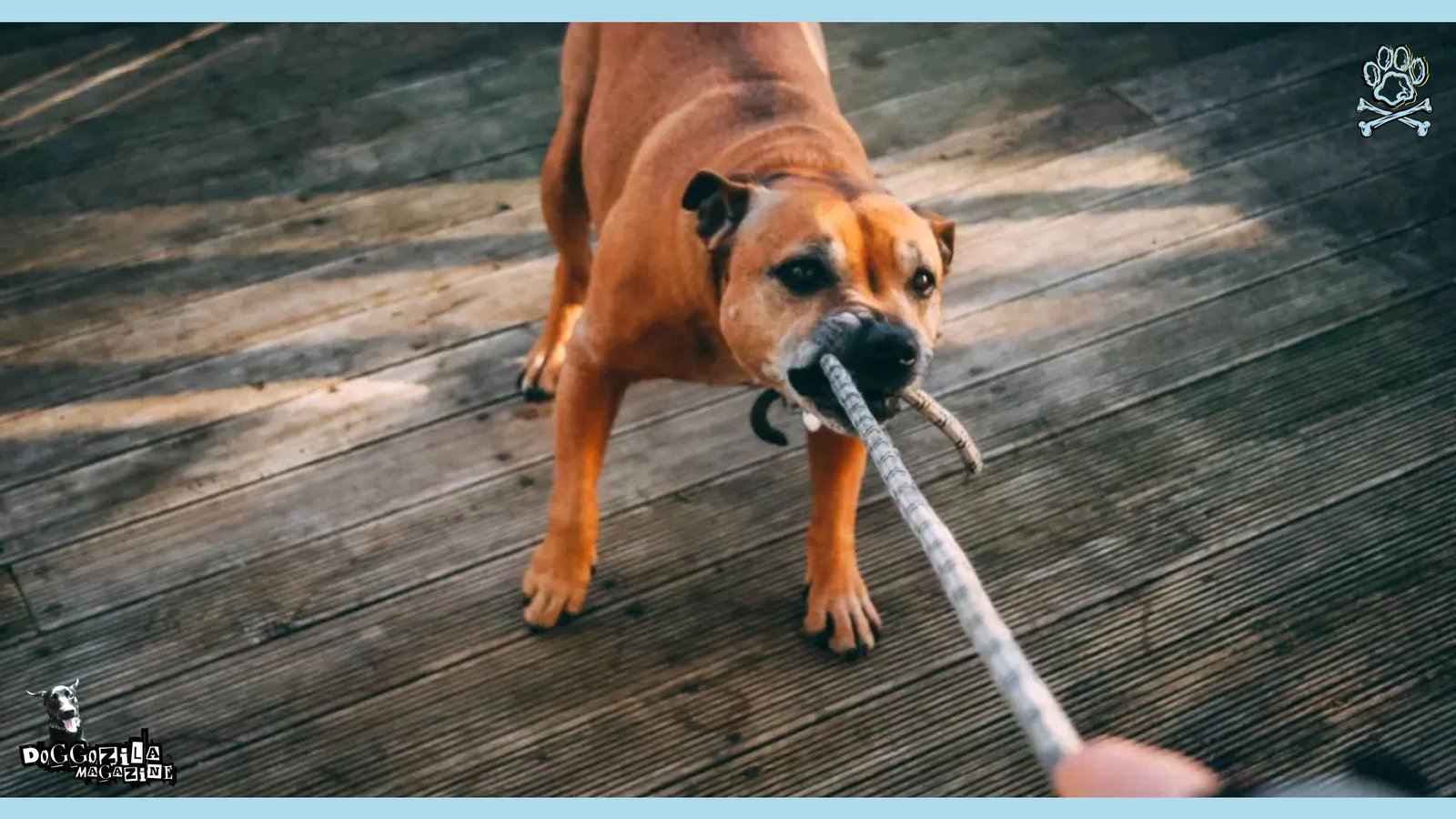
BREED-SPECIFIC TRAINING CHALLENGES
When it comes to training, not all dogs are created equal. Each breed comes with its own set of challenges that can make training more difficult. For example, some of the hardest dogs to train, such as Huskies and Beagles, are known for their stubbornness and independent nature, making them harder to train than a typical dog.
Hardest and Most Challenging Dogs to Train According to Experts
1. Siberian Husky
2. Beagle
3. Jack Russell Terrier
These breeds often require more patience and consistency in training to overcome their natural instincts and tendencies. It’s important to understand the unique aspects of your dog’s breed and tailor your training approach accordingly.
Rescue dogs can also present unique training challenges. Many rescue dogs come from unknown backgrounds and may have experienced trauma or lack of socialization. This can lead to fear, anxiety, and aggression, making training more difficult.
When working with a stubborn dog or a rescue dog, it’s crucial to prioritize building trust and forming a positive relationship. This may involve taking things slower, using high-value rewards, and being extra patient and consistent in your training efforts.
🔑 Key Points: Recognizing breed-specific training challenges and the unique needs of rescue dogs is essential for developing a tailored training plan that sets your dog up for success.
The Role of Genetics in The Hardest Dogs to Train
Have you ever wondered why some dogs seem to pick up new commands with ease while others struggle? Part of the answer lies in genetics. A dog’s genetic makeup can play a significant role in their trainability and overall behavior.
Some breeds, such as Border Collies and German Shepherds, are known for their high intelligence and eagerness to please, making them easier to train. Other dogs, like Basset Hounds and Chow Chows, is way hardest to train, definitively more challenging due to their independent nature or stubborn streak.
It’s important to remember that while genetics can influence a dog’s behavior, it’s not the sole determining factor. With the right training approach and plenty of patience, even dogs with a genetic predisposition to behavioral difficulty can learn and thrive.
🔑 Key Points: Understanding the role of genetics in dog training can help owners set realistic expectations and adapt their training methods to their dog’s unique needs and abilities.
Recognizing Signs of Aggressive Behavior
One of the most challenging aspects of dog training is dealing with aggressive behavior. Aggression can manifest in various ways, from growling and snapping to biting and lunging. It’s crucial for dog owners to recognize the signs of aggression early on and take steps to address the issue before it escalates.
Common Types of Aggressive Behavior
1. Fear aggression
2. Territorial aggression
3. Possessive aggression
Some common signs of aggressive behavior include:
- Growling or snarling
- Baring teeth
- Snapping or biting
- Lunging or charging
- Stiff body posture with a raised tail
If you notice any of these signs in your dog, it’s essential to seek professional help from a certified dog trainer or behaviorist. They can help you identify the underlying causes of the aggression and develop a plan to modify your dog’s behavior.
In the meantime, it’s crucial to prioritize safety. Avoid putting your dog in situations that may trigger their aggression, and always supervise interactions with other people and animals.
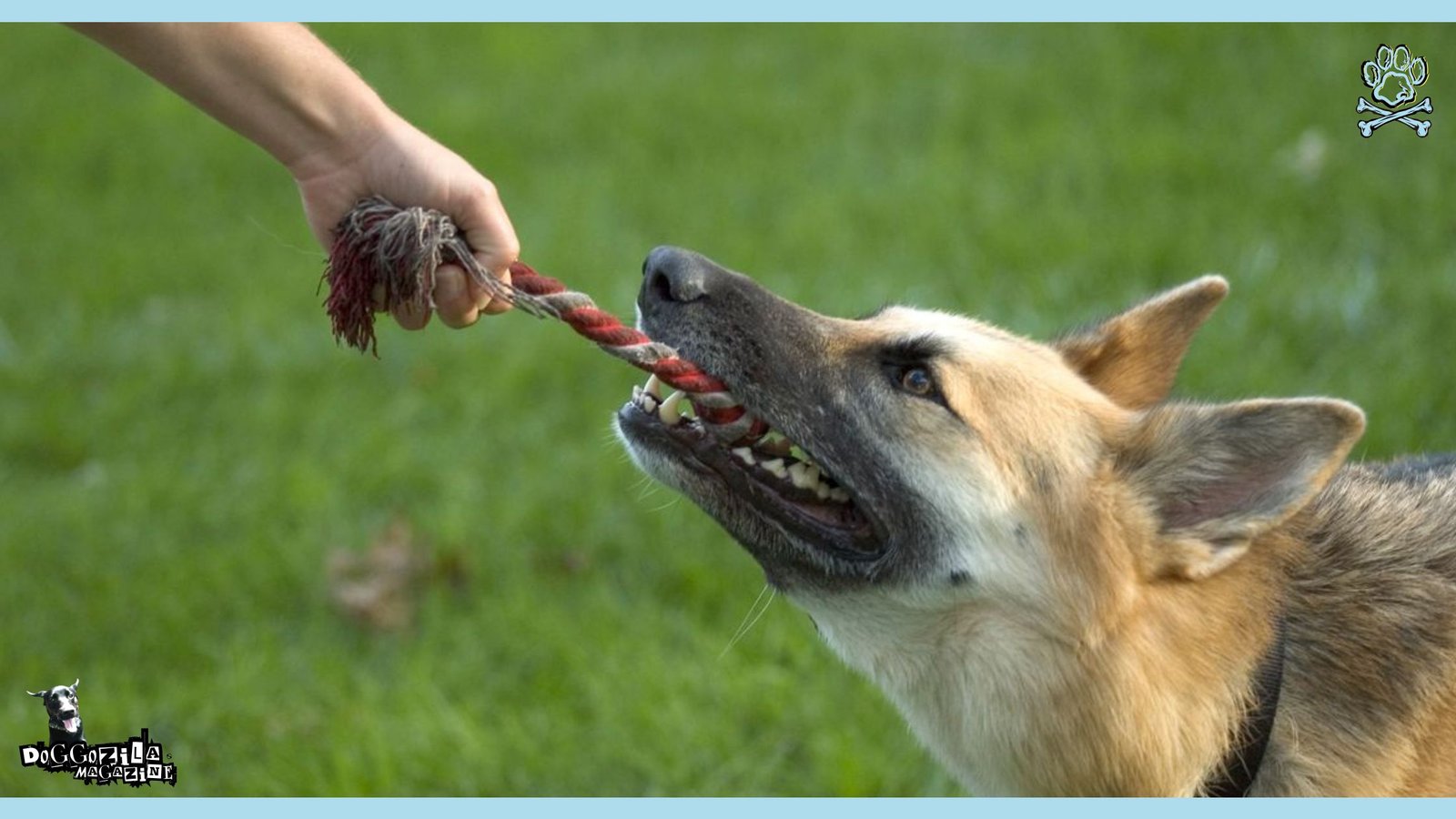
🔑 Key Points: Recognizing the signs of aggressive behavior early and seeking professional help is essential for addressing the issue and ensuring the safety of both your dog and those around them.
Importance of Early Socialization
Socialization is a critical aspect of a dog’s development, and it’s best to start early. Exposing your puppy to a variety of people, animals, and environments during their first few months of life can help them grow into a well-adjusted, confident adult dog.
Proper socialization involves positive experiences and interactions, allowing your puppy to develop good associations with the world around them.
This can include:
- Meeting new people of different ages, genders, and ethnicities
- Interacting with other dogs and animals
- Experiencing different environments, such as parks, beaches, and city streets
Lack of socialization can lead to fear, anxiety, and aggression in dogs, making training and everyday life more challenging. By prioritizing early socialization, you’re setting your puppy up for success and helping them become a happy, well-behaved member of your family.
🔑 Key Points: Early socialization is crucial for a dog’s development, as it helps them grow into confident, well-adjusted adults and makes training easier in the long run.
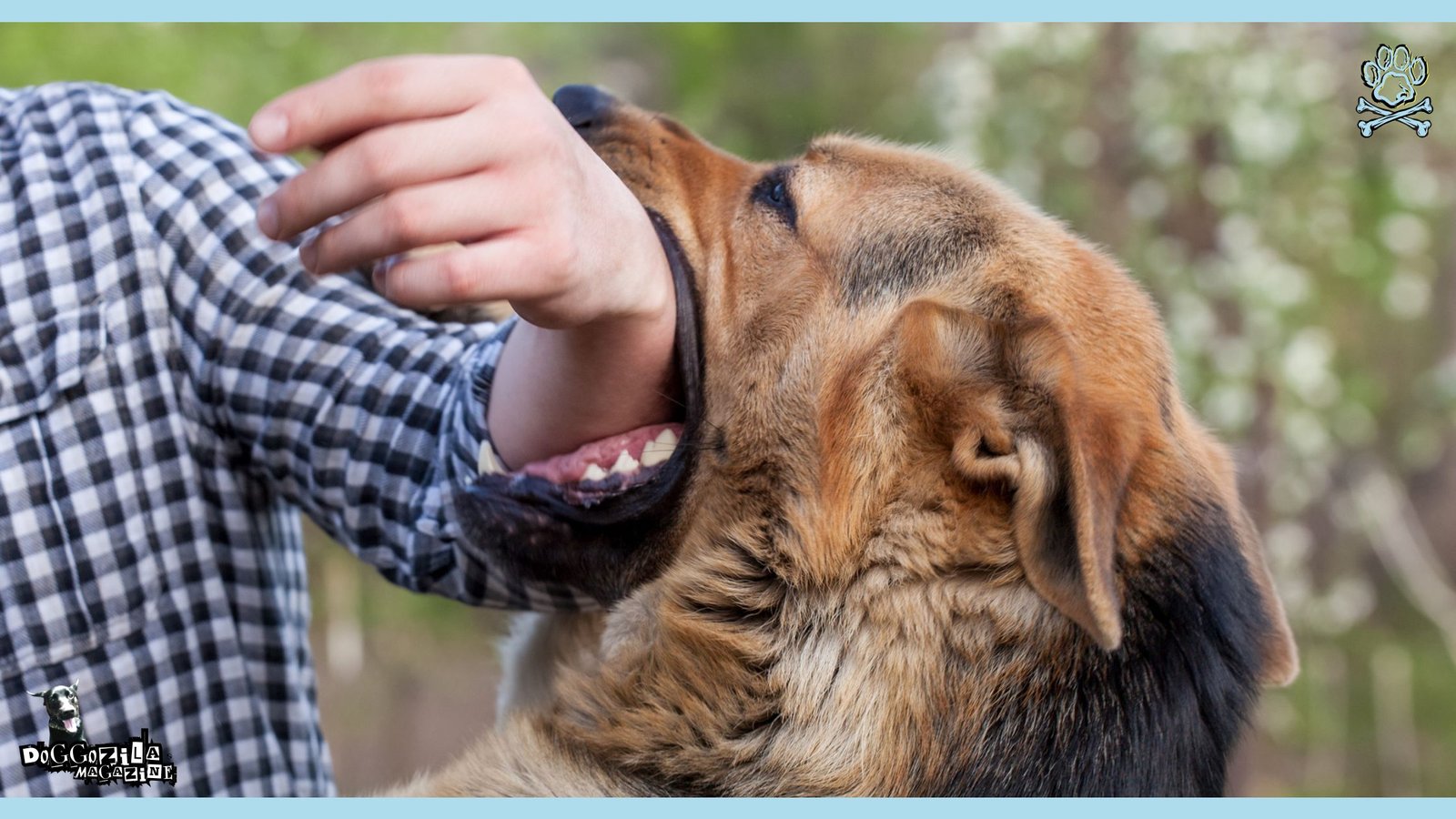
HARDEST DOGS TO TRAIN WILL TRANSFORM WITH POSITIVE REINFORCEMENT
When it comes to dog training, there are various methods and techniques to choose from. However, positive reinforcement training has proven to be one of the most effective and humane approaches. This training method focuses on rewarding desired behaviors while ignoring or redirecting unwanted ones.
Benefits of Positive Reinforcement Training
1. Strengthens the bond between dog and owner
2. Encourages eager participation in training
3. Promotes long-lasting behavioral changes
The key to successful positive reinforcement training is finding the right motivation for your dog. This can include treats, praise, toys, or even a favorite game. By rewarding your dog for good behavior, you’re encouraging them to repeat that behavior in the future.
Examples of Positive Reinforcement Techniques
1. Clicker training: Using a clicker to mark the exact moment your dog performs a desired behavior, followed by a reward.
2. Shaping: Breaking down a complex behavior into smaller, more manageable steps and rewarding your dog for each successful step.
3. Lure-reward training: Using a treat or toy to guide your dog into the desired position or behavior, then rewarding them for completing the action.
It’s important to remember that timing is everything in positive reinforcement training. The reward should be given immediately after the desired behavior occurs to help your dog make the association between the behavior and the reward.
Consistency is also crucial. Everyone in the household should use the same commands and rewards to avoid confusing your dog. With patience and persistence, positive reinforcement training can help you achieve your training goals while fostering a strong, positive relationship with your dog.
🔑 Key Points: Positive reinforcement training is a highly effective and humane method that focuses on rewarding desired behaviors, promoting eager participation in training, and strengthening the bond between dog and owner.
Handling Destructive Behavior and Separation Anxiety
Destructive behavior and separation anxiety in dogs are common challenges faced by many dog owners. These issues can manifest in various ways, such as chewing, digging, excessive barking, or even house soiling.
Often, these behaviors stem from boredom, stress, or anxiety, especially when a dog is left alone for extended periods. To address these issues, it’s essential to identify the underlying cause and develop a behavior modification plan.
This may involve:
- Providing plenty of mental stimulation and physical exercise
- Using positive reinforcement training to teach alternative behaviors
- Gradually desensitizing your dog to being alone
- Creating a safe, comfortable space for your dog when you’re away
In severe cases of separation anxiety, it may be necessary to seek the help of a professional dog trainer or behaviorist. They can help you develop a customized plan to address your dog’s specific needs and gradually ease their anxiety.
🔑 Key Points: Addressing destructive behavior and separation anxiety requires identifying the underlying cause and developing a behavior modification plan that includes mental stimulation, positive reinforcement training, and gradual desensitization to being alone.
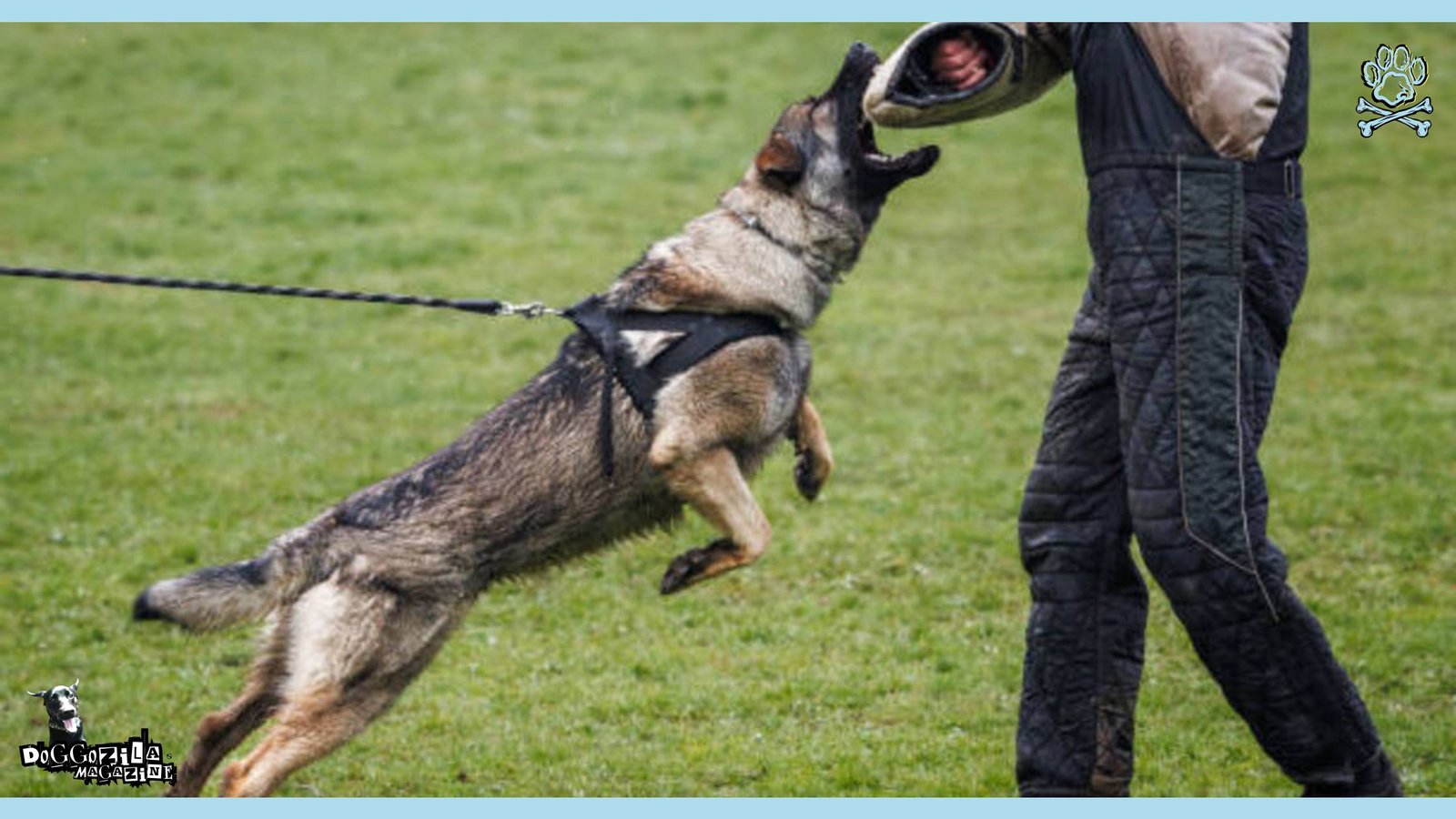
TRAINING STRATEGIES FOR HARDEST DOGS TO TRAIN
Training a stubborn dog can be a frustrating experience, but with the right strategies and patience, it’s possible to achieve success. Stubborn dogs often require a different approach than more compliant breeds, focusing on building motivation and making training fun and rewarding.
Tips for Training Stubborn Dogs
1. Use high-value rewards: Find treats or toys that your dog absolutely loves and reserve them for training sessions.
2. Keep training sessions short: Stubborn dogs may lose interest quickly, so aim for short, frequent training sessions rather than long, drawn-out ones.
3. Be consistent: Consistency is key when training any dog, but it’s especially important for stubborn breeds. Make sure everyone in the household is using the same commands and rewards.
One effective strategy for training stubborn dogs is to use motivational control. This involves controlling access to things your dog wants, such as food, toys, or attention, and using them as rewards for good behavior.
For example, if your dog loves to play fetch, use the ball as a reward for completing a command. By doing this, you’re teaching your dog that good behavior earns them the things they desire, increasing their motivation to participate in training.
It’s also essential to be patient and persistent when training a stubborn dog. Celebrate small successes and don’t get discouraged if progress seems slow. With time and consistency, even the most stubborn dog can learn to be a well-behaved, obedient companion.
🔑 Key Points: Training stubborn dogs requires a focus on building motivation through high-value rewards, short training sessions, consistency, and the use of motivational control to increase their desire to participate in training.
Professional Trainers vs. DIY Training
When it comes to dog training, many owners face the decision of whether to hire a professional trainer or tackle the task themselves. While DIY training can be a rewarding experience, there are some situations where seeking professional help is the best choice.
Benefits of Working with a Professional Trainer
1. Expertise in handling challenging behaviors
2. Customized training plans tailored to your dog’s needs
3. Access to a controlled training environment and specialized equipment
Professional dog trainers have the knowledge and experience to handle a wide range of behavioral issues, from basic obedience to more severe problems like aggression or anxiety. They can assess your dog’s unique needs and develop a tailored training plan to address specific challenges.
In addition, professional trainers often have access to resources that may not be available to the average owner, such as specialized training equipment or expert dog training classes.
However, for owners who have the time, patience, and commitment to learn and implement training techniques, DIY training can be a fulfilling and cost-effective option. Many resources, such as online courses, books, and videos, are available to guide owners through the training process.
Ultimately, the decision between professional training and DIY training depends on your dog’s specific needs, your own experience and comfort level with training, and the severity of any behavioral issues.
🔑 Key Points: While professional dog trainers offer expertise, customized plans, and specialized resources, DIY training can be a rewarding option for committed owners, with the choice ultimately depending on the dog’s needs and the owner’s experience and comfort level.
Managing Leash Pulling and Recall Problems
Leash pulling and poor recall are two common issues that many dog owners face. These behaviors can be frustrating and even dangerous, making walks and off-leash adventures stressful for both the dog and the owner.
To address leash pulling, it’s important to teach your dog that walking calmly by your side is more rewarding than pulling ahead. This can be done through consistent training sessions using positive reinforcement techniques, such as treating your dog for maintaining a loose leash or changing direction when they start to pull.
Recall, or coming when called, is a critical skill for any dog. To improve recall, start training in a low-distraction environment and gradually increase the difficulty as your dog progresses. Use high-value rewards and make coming to you a positive, exciting experience for your dog.
Consistency is key when addressing both leash pulling and recall issues. Make sure to practice regularly and reward your dog for good behavior, both during training sessions and in everyday life.
🔑 Key Points: Managing leash pulling and poor recall requires consistent training sessions using positive reinforcement techniques, gradually increasing difficulty, and rewarding good behavior to make walking calmly and coming when called a positive experience for your dog.
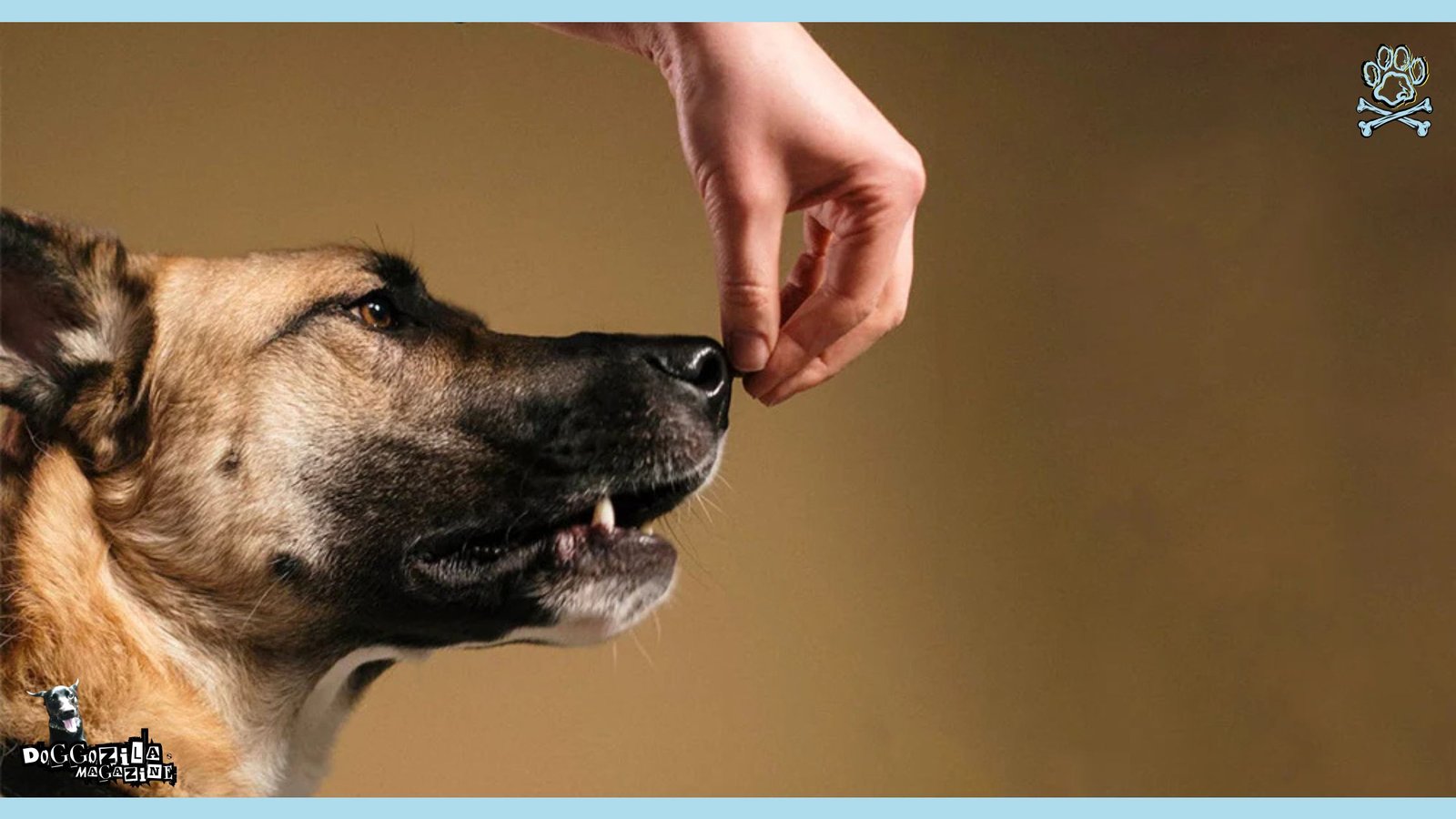
ADDRESSING FEAR AND ANXIETY IN DOGS
Fear and anxiety can have a significant impact on a dog’s behavior and overall well-being. These emotional states can manifest in various ways, such as cowering, trembling, excessive barking, or even aggression.
To address fear and anxiety in dogs, it’s crucial to identify the underlying cause. Common triggers can include loud noises, unfamiliar people or animals, or changes in the environment. Once you’ve identified the trigger, you can begin to work on helping your dog feel more comfortable and confident.
Strategies for Addressing Fear and Anxiety
1. Counter-conditioning: Associating the feared stimulus with positive experiences, such as treats or praise.
2. Desensitization: Gradually exposing your dog to the feared stimulus at a low intensity and increasing exposure over time.
3. Creating a safe space: Providing a quiet, comfortable area where your dog can retreat when feeling overwhelmed.
It’s important to approach fear and anxiety with patience and understanding. Never force your dog into a situation they’re uncomfortable with, as this can make the problem worse. Instead, work at your dog’s pace and celebrate small victories along the way.
In some cases, it may be necessary to seek the help of a professional dog trainer or behaviorist, especially if the fear or anxiety is severe or causing significant behavioral issues. They can help you develop a customized plan to address your dog’s specific needs and gradually build their confidence.
🔑 Key Points: Addressing fear and anxiety in dogs involves identifying the underlying cause, using counter-conditioning and desensitization techniques, creating a safe space, and working patiently at your dog’s pace to build their confidence and promote calm behavior.
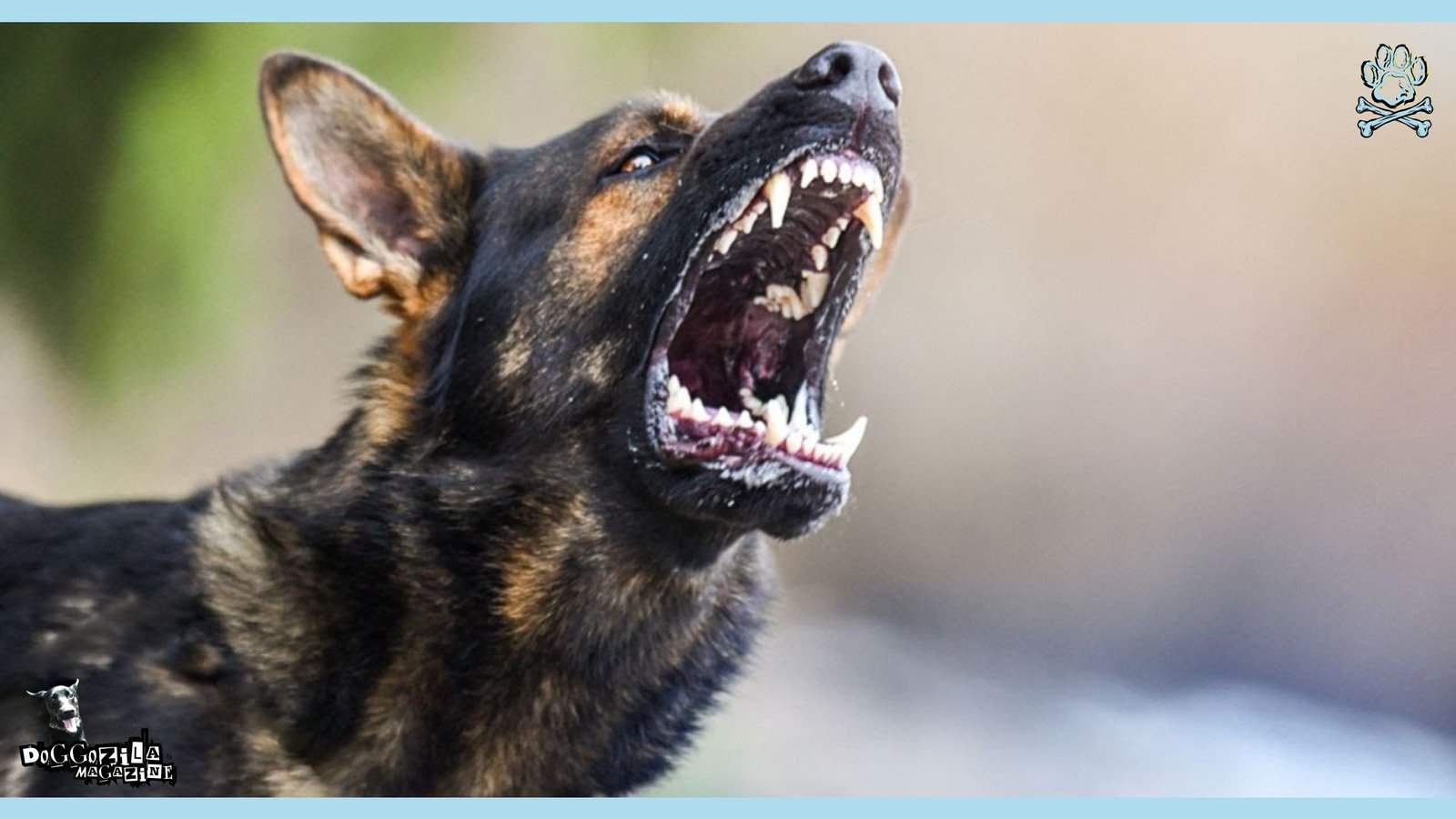
The Impact of Consistency and Routine in Training
Consistency and routine play a crucial role in successful dog training. Dogs thrive on predictability and structure, and providing a consistent training routine can help them learn and retain new skills more effectively.
When everyone in the household uses the same commands, rewards, and consequences, it helps to avoid confusion and promotes faster learning. Consistency also applies to the timing of training sessions, feeding, and exercise, as this helps to establish a sense of security and stability for your dog.
Establishing a regular training routine is also beneficial. Setting aside dedicated time each day for training sessions helps to prioritize skill-building and reinforces the importance of ongoing learning. It also provides opportunities for bonding and mental stimulation, which are essential for a happy, well-adjusted dog.
When creating a training plan, consider your dog’s unique needs and learning style. Some dogs may benefit from shorter, more frequent sessions, while others may thrive with longer, more intensive training. Be flexible and adjust your routine as needed to ensure your dog is making steady progress.
🔑 Key Points: Consistency in commands, rewards, and consequences, along with a regular training routine tailored to your dog’s individual needs, is essential for promoting effective learning, providing structure, and fostering a strong bond between dog and owner.
Selecting the Right Training Tools and Environment
Choosing the right training tools and environment can make a significant difference in the success of your training efforts. When selecting training tools, opt for those that promote positive reinforcement, such as clickers, treats, and toys. Avoid tools that rely on punishment or pain, as these can damage your relationship with your dog and lead to fear or aggression.
The training environment is equally important. Begin training in a quiet, low-distraction area, such as your home or a secluded part of a park. As your dog progresses, gradually introduce more challenging environments with increased distractions to help them learn to focus and respond consistently.
For leash training, choose a comfortable, well-fitting harness or collar that allows for a loose leash. Avoid retractable leashes, as they can encourage pulling and provide less control over your dog.
🔑 Key Points: Selecting positive reinforcement-based training tools and starting in a controlled, low-distraction environment are key factors in setting your dog up for training success.
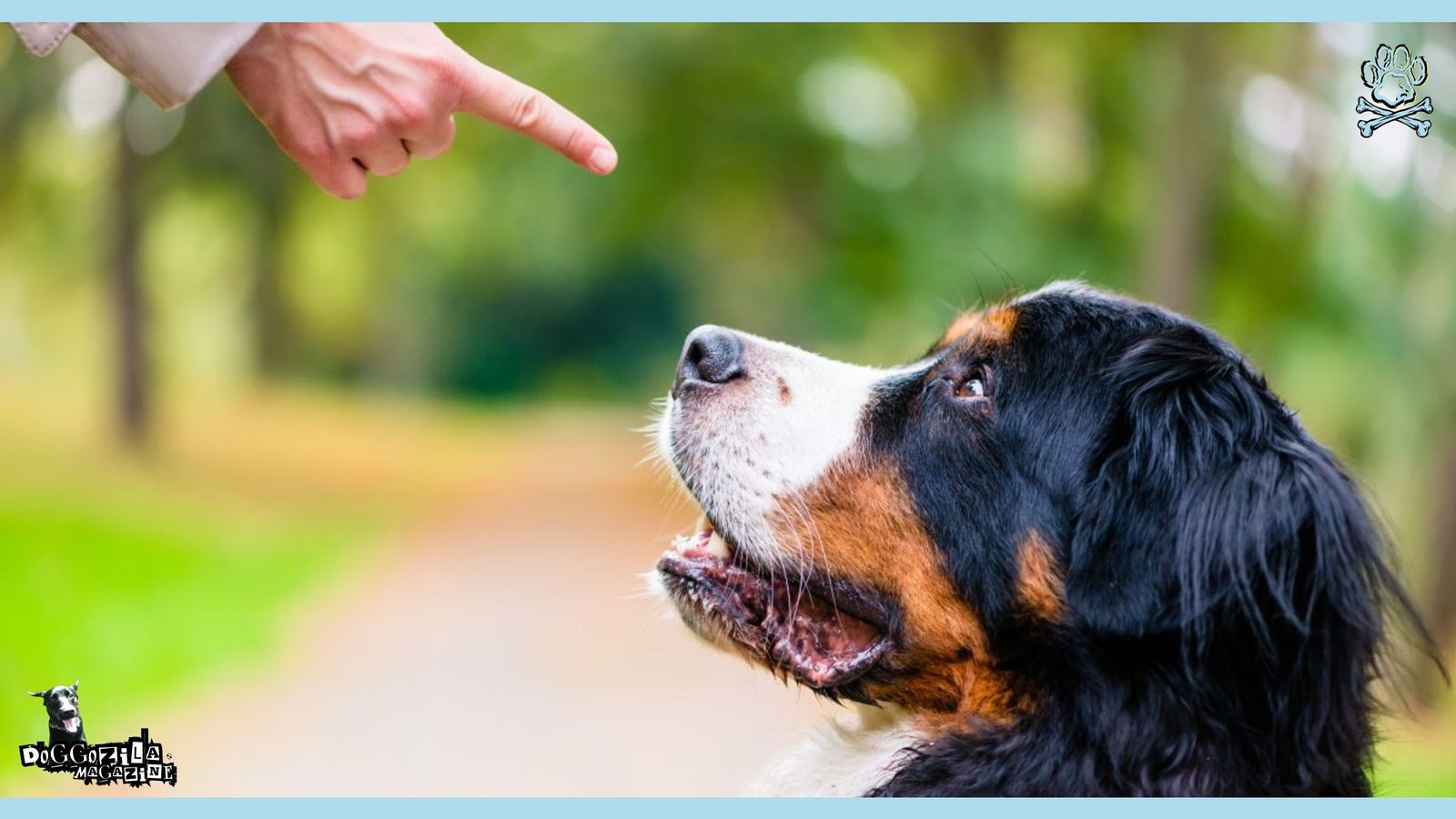
HOW TO BUILD A STRONG RELATIONSHIP WITH THE HARDEST DOGS TO TRAIN
Training is not just about teaching your dog new skills; it’s also an opportunity to strengthen the bond between you and your furry companion. By approaching training with patience, positivity, and a focus on building trust, you can foster a deep, lasting relationship with your dog.
Tips for Building a Strong Relationship Through Training
1. Make training fun and rewarding: Use plenty of praise, treats, and play to create positive associations with learning.
2. Be patient and understanding: Remember that every dog learns at their own pace, and setbacks are a normal part of the process.
3. Prioritize quality time: In addition to training sessions, spend time simply enjoying each other’s company through play, walks, and cuddles.
Training provides a unique opportunity to learn to communicate effectively with your dog and understand their needs and preferences. As you work together to overcome challenges and celebrate successes, you’ll develop a deeper sense of your dog’s needs same as a teammate. You can understand your dog same as you teach your dog to understand you!
A Quick Summary About The Hardest Dogs to Train
In wrapping up our comprehensive guide on overcoming dog training challenges and transforming your furry companions from the hardest dogs to train into well-behaved gems, it’s crucial to remember the essence of consistency, patience, and understanding individual personalities. By incorporating breed-specific approaches and personalized training regimens, you can navigate through any training obstacles with confidence and create a harmonious bond with your four-legged friend.
Emphasizing the significance of positive reinforcement, early socialization, and recognizing progress along the journey will not only enhance your training experience but also strengthen the relationship you share with your beloved canine companion. Remember, every step you take towards training your dog is a step towards building a strong and lasting connection based on trust, respect, and mutual understanding.
Implementing the expert insights and pro tips shared in this guide will not only address challenges like aggressive behavior, destructive habits, or separation anxiety but also pave the way for a positive outcome and significant improvements in your dog’s behavior. So, embark on this rewarding journey with dedication and love, knowing that with the right approach, you can overcome any training hurdle and enjoy a fulfilling companionship with your furry family member.
